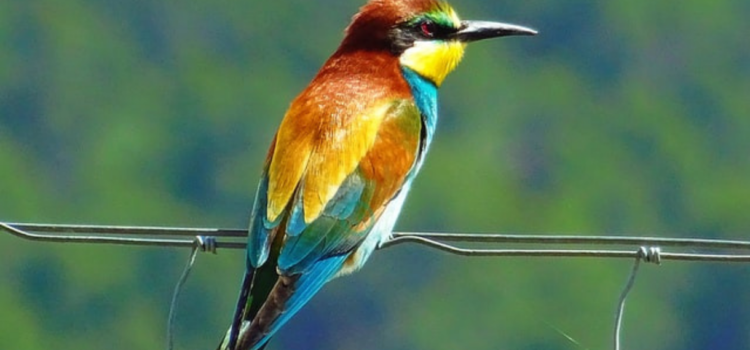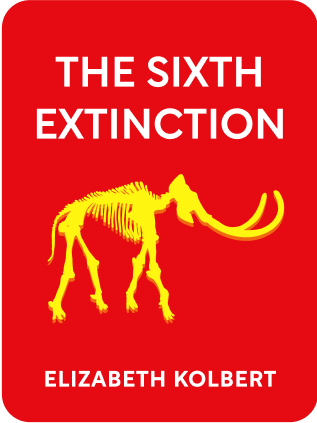

This article is an excerpt from the Shortform book guide to "The Sixth Extinction" by Elizabeth Kolbert. Shortform has the world's best summaries and analyses of books you should be reading.
Like this article? Sign up for a free trial here .
What is biodiversity preservation? How do scientists attempt to preserve endangered animal species from becoming extinct?
The threats to biodiversity have been recognized and acknowledged for some time. Today, biodiversity preservation efforts include legislative changes, creation of national parks, and lab preservation of endangered species’ DNA material.
Keep reading to learn about biodiversity preservation.
Biodiversity Preservation
At the San Diego Zoo’s Institute for Conservation Research, researchers are maintaining cell cultures of critically endangered and extinct species preserved in vials in tanks of nitrogen. One of them is the black-faced honeycreeper from Maui, believed to have gone extinct in the early 2000s.
In its Frozen Zoo, the institute has saved cell lines of about a thousand species, most of which still exist. The Cincinnati Zoo is doing something similar, as is England’s University of Nottingham.
While humans as a species have been destructive and shortsighted, researchers and conservationists also have joined together in heroic efforts, like the Frozen Zoo and the El Valle Amphibian Conservation Center in Panama, to save threatened species. Examples include:
- The British Act for the Preservation of Sea Birds (to stop their wholesale slaughter by sailors and hunters in Darwin’s time).
- The creation of Yosemite National Park.
- Preservation of the American bald eagle after publication of Rachel Carson’s Silent Spring and passage of the Endangered Species Act in 1974.
- The successful effort to save the California condor, launched in the mid-1980s.
- An effort launched in 1986 to save the whooping crane from extinction. Conservations taught captive-raised juvenile cranes how to migrate from Wisconsin to Florida, by leading them with ultralight aircraft.
But no matter how much people care about biodiversity preservation right now, the fact remains that it is our presence that has put them in danger in the first place.
In the Sixth Extinction, what does the future hold for us?
One possibility, of course, is that through our transformation of the earth, we’ll destroy ourselves. We’re still dependent on the earth’s atmospheric and geochemical composition and its biological processes. By altering these systems—pumping CO2 into the atmosphere, acidifying the oceans, cutting down forests—we’re threatening our own survival.
For a species, past longevity is no guarantee of future longevity. Ammonites lived for hundreds of millions of years before they disappeared. Regarding human prospects:
- Anthropologist Richard Leakey suggested, “Homo sapiens might not only be the agent of the sixth extinction, but also risks being one of its victims.”
- Stanford University ecologist Paul Erlich described the future in even starker terms: “In pushing other species to extinction, humanity is busy sawing off the limb on which it perches.”
It’s also possible that human ingenuity will save us from our own foolishness. For instance, some scientists suggest we could restructure the atmosphere by dispersing sulfates to reflect sunlight into space. Or we could take up residence on other planets. In that regard, some scientists advise that “as long as we keep exploring, humanity is going to survive.”

———End of Preview———
Like what you just read? Read the rest of the world's best book summary and analysis of Elizabeth Kolbert's "The Sixth Extinction" at Shortform .
Here's what you'll find in our full The Sixth Extinction summary :
- How humans have set in motion a sixth mass extinction
- The 5 mass extinction events that occurred over the last 500 million years
- Why human ingenuity might be able to save the human species from extinction






